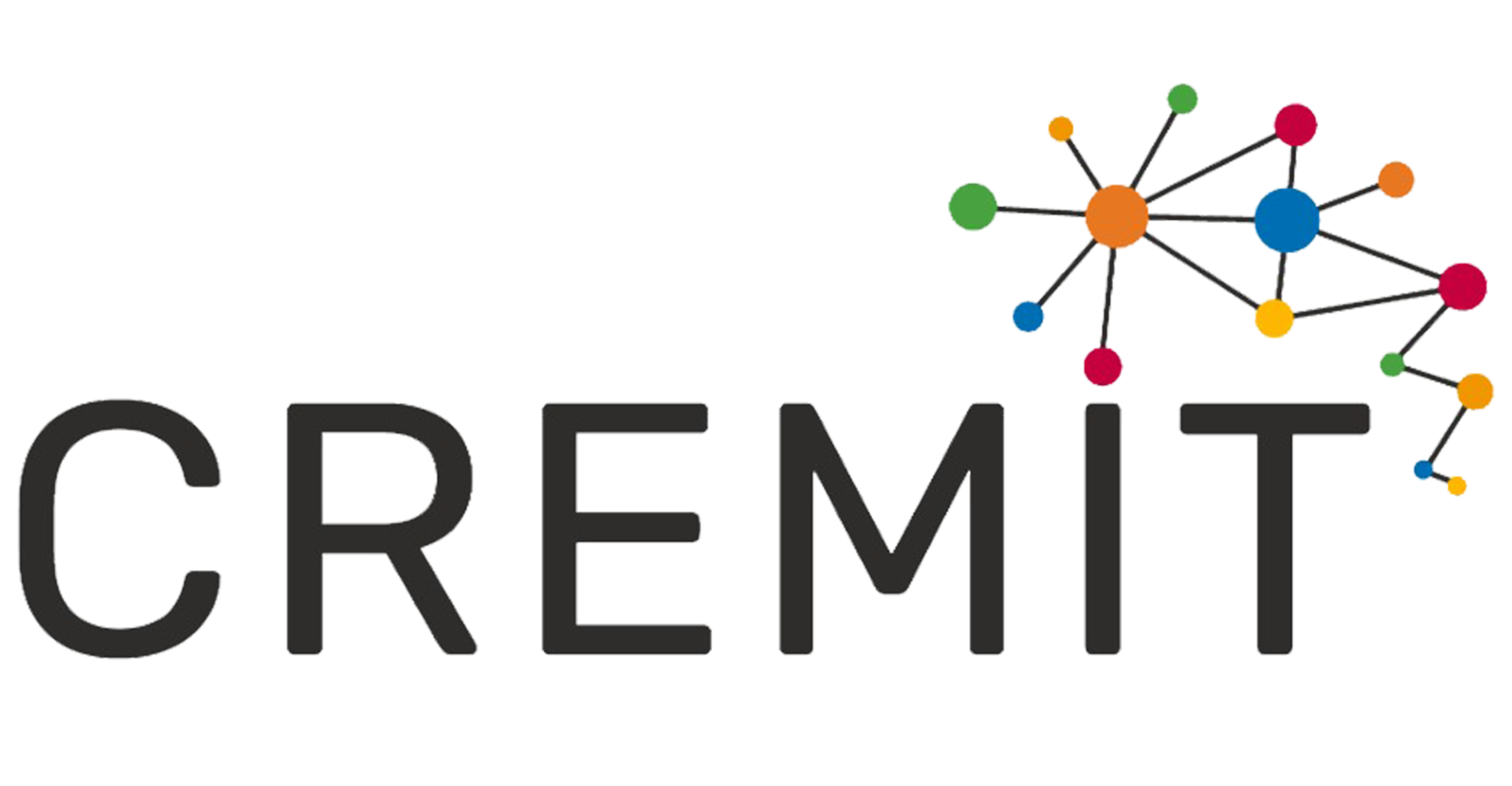(University of Zaragoza)
Artificial intelligence (AI) is one of the phenomena that is gaining more and more interest at a social level (Brighton, 2019). The distinction between an AI and a computer program is generally not entirely clear. One of its characteristics has been identified as essential: its ability to learn on its own (Bostrom, 2016). And it is therefore a point of contact with pedagogues, philosophers or scientists of education.
The specialist literature on AI usually mentions John McCarty as its promoter, and Alan Turing as the main predecessor; however, the human ambition to create AI goes back a long way (Mayor 2019). The first of them would be Talos, the AI robot that Jason and the Argonauts meet – or Pandora, Galatea, the army of Daedalus…
What is expected of AI, together with big data, is that it has maximum or almost maximum predictive capacity. It would be the Bayesian ideal, that probabilistically optimal system that values and computes all available information. However, the limit of this ideal is that a combinatorial explosion is currently taking place, that is, there is no program capable of computing so much information (due to its exponential and non-proportional nature).
There are three great dangers currently associated with AI (Bostrom, 2016). The first is to anthropomorphize AI, that is, to think that the more intelligent an AI is, the more “human” it will be —with more human ethics, senses or motivations—. The second is the appearance of unexpected failures such as perverse impersonation (an AI that incorrectly interprets the instructions). The third would be the appearance of superintelligence, that is, an entity that is more intelligent than the human being itself, and therefore that can make decisions and act from a decisive strategic advantage.
AI is only timidly being introduced in the educational field, being an emerging field of practice and research, perhaps reinforced by the rise of the technological discourse in education. That is why it is not yet clear how or why to introduce AI with a good pedagogical foundation. A recent study (Zawacki et al., 2019) shows that around 60% of the research on applied AI in education comes from the areas of computing, technology and mathematics, and only 7% comes from pedagogical areas.
There are very few studies and real educational experiences with AI, and which are based on other areas of knowledge other than educational sciences. There are four application contexts for AI in education: (1) profiling and prediction; (2) measurement and evaluation; (3) adapted and personalized learning systems; and (4) smart tutoring systems (Smutny, 2020).
While it remains to be proven that AI will truly revolutionize teaching and learning, it has already exceeded expectations in other areas, so it should not be ruled out that AI will also rebuild school systems.Referencias
Bostrom, N. (2016). Superinteligencia: caminos, peligros y estrategias: Teell Editorial.
Brighton, H. (2019). Inteligencia artificial: una guía ilustrada. Madrid: Tecnos.
Mayor, A. (2019). Dioses y robots. Mitos, máquinas y sueños tecnológicos en la antigüedad. Madrid: Desperta Ferro Ediciones.
Smutny, P., & Schreiberova, P. (2020). Chatbots for learning: A review of educational chatbots for the Facebook Messenger. Computers & Education, 151, 1-11. doi: https://doi.org/10.1016/j.compedu.2020.103862
Alejandro Quintas Hijós PhD. is a primary school teacher and philosopher. He develops his work as an Assistant Professor at the Faculty of Human Sciences and Education at the University of Zaragoza. His lines of research are associated with didactics and technology, from a scientific or philosophical perspective. He usually addresses current issues such as augmented reality, video games or gamification from a critical perspective.









